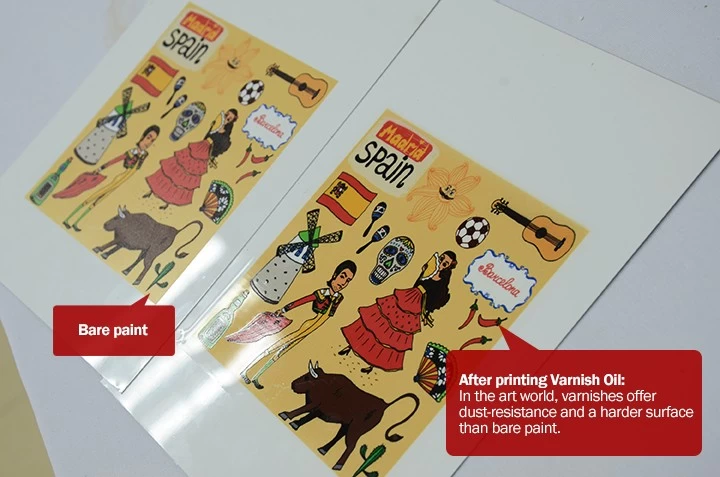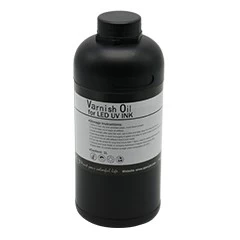- Latest News
-
Introducing the APEX UV 6090 Printer with i3200 Printhead: The Ultimate Solution for Versatile and High-Quality Printing
Microtec UV 6090 Flatbed Printer is equipped with the powerful i3200 printhead, offering high-precision printing on diverse materials such as acrylic, metal, glass, and plastic. This 60x90cm UV flatbed printer is ideal for signage, packaging, and promotional items. Its UV-curing technology ensures fast-drying, long-lasting prints with superior quality. Perfect for businesses looking to scale production with versatility and durability.Maximizing Your DTF Printer's Performance: Precautions and Maintenance Tips for Print Heads
Maintaining Peak Performance: Precautions and Maintenance for DTF Printers with Epson i3200 Printer HeadsWhat's DTF? What's the advantages of DTF printing compared with sublimation printing?
Multicolor 300mm A3 DTF Printing System With Double XP600 Print Head, Microtec DTF printer can produce high-quality prints with a range of colors, gradients, and photographic images. It can be used to print designs on a wide range of materials, including textiles such as t-shirts, hoodies, and bags, jeans, hat etc.APEX new arrival A3 size desktop mini UV printer
Industrial Printer-APEX largest UV2513 with Toshiba head
Impressive Versatility On Materials Up To 750mm in Height
The advantages of APEX UV Printer
How to choose 60*90cm UV printer?
Christmas Promotion-How to get APEX free ink
APEX RH series printer can print on uneven surface
- Subscribe
-
Get email updates on new products
- Follow us

Varnish is a transparent, hard, protective finish or film primarily used in finishing.
Varnishes are also applied over wood stains as a final step to achieve a film for gloss and protection. Some products are marketed as a combined stain and varnish.
After being applied, the film-forming substances in varnishes harden directly, as soon as the evaporation of the solvent through certain curing processes, primarily chemical reaction between oils and oxygen from the air (autoxidation) and chemical reactions between components of the varnish, and dry" upon evaporation of the water but experience an extended curing period. Oil, polyurethane, and epoxy varnishes remain liquid even after evaporation of the solvent but quickly begin to cure, undergoing successive stages from liquid or syrupy, to tacky or sticky, to dry gummy, to "dry to the touch", to hard. Environmental factors such as heat and humidity play a very large role in the drying and curing times of varnishes. In classic varnish the cure rate depends on the type of oil used and, to some extent, on the ratio of oil to resin. The drying and curing time of all varnishes may be sped up by exposure to an energy source such as sunlight, ultraviolet light, or heat.

In the art world, varnishes offer dust-resistance and a harder surface than bare paint – they sometimes have the benefit of ultraviolet light resistors, which help protect artwork from fading in exposure to light. The varnish should be applied using an isolation coat (a permanent, protective barrier between the painting and the varnish, preferably a soft, glossy gel medium) to make varnish removal and overall conservation easier. The varnishes used for such a final removable art protection layer are typically mineral-spirit–based acrylic, rather than water-based.



